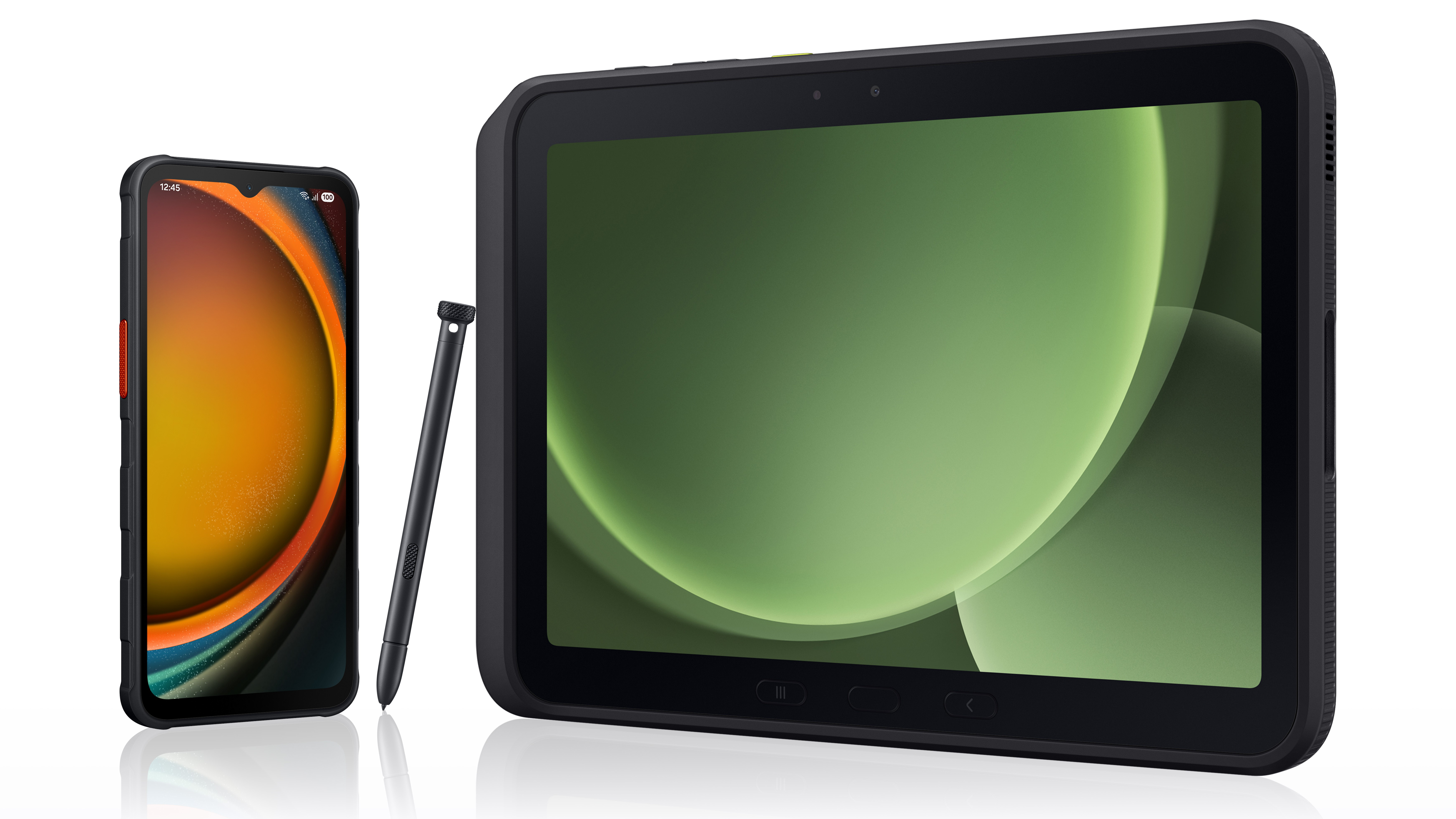6 essentials for fall photography: get great autumn shots!
Want to capture awesome autumnal scenes? Here are 6 essentials for fall photography
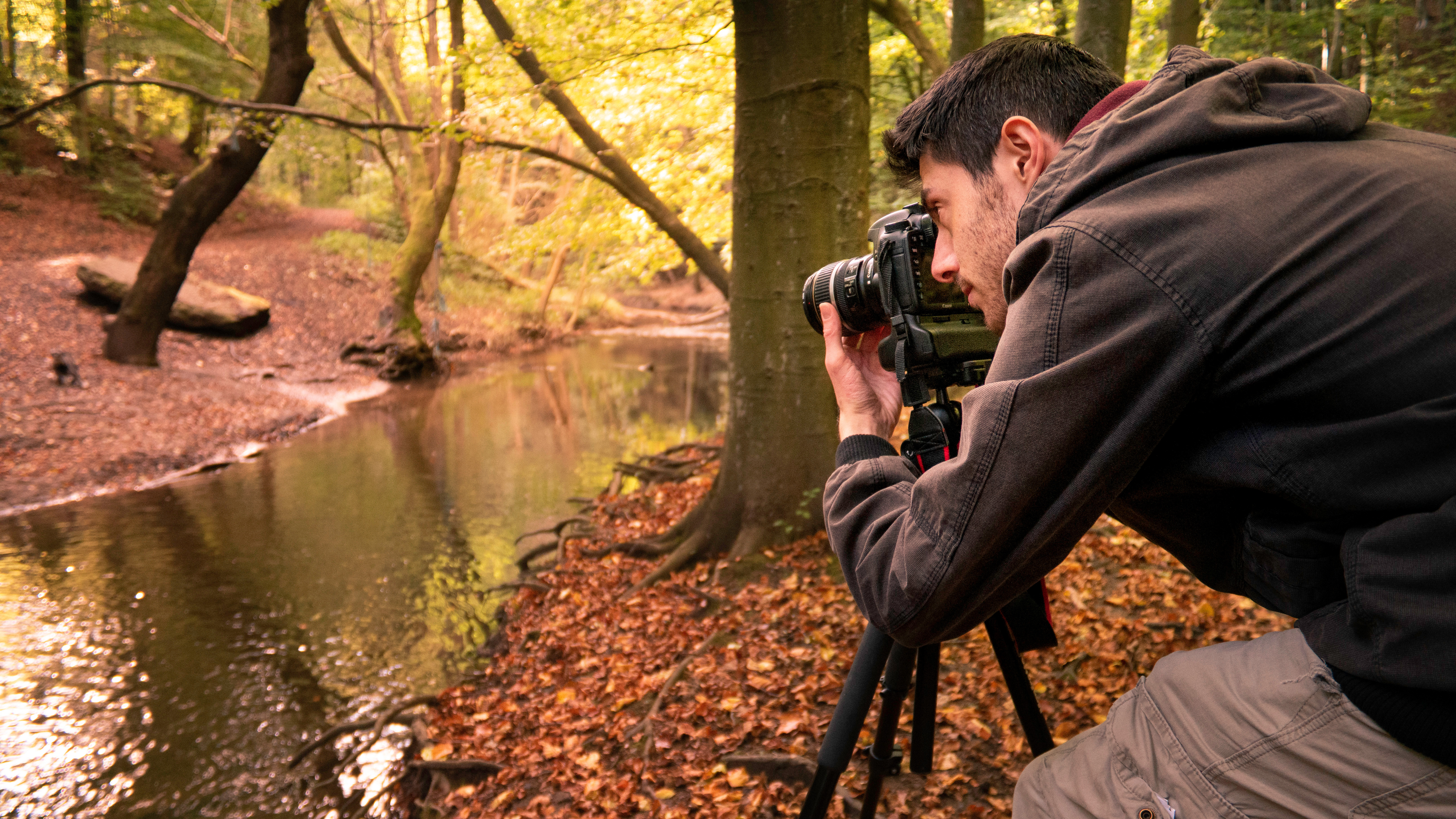
Fall is a wonderful time for photographers. While many people might be excited by the idea of a pumpkin-spiced latte and a casual walk in the park, image makers are planning for the inspirational awesome autumn season. From landscapes to outdoor portraits and macro to wildlife, every genre benefits from the sea of color transforming our environment.
As with all areas of photography, planning is a huge benefit – so deciding what kit you need early will mean that you have a complete kit bag when the season is in full swing. With this in mind we've put together a quick roundup of the essential items that should be on your wishlist for a successful and productive season of photography and videography.
The kit on this list will help you capture a broad range of details, telling a bigger story about the fall months, and capturing images for everything from stock sites to your best-performing Instagram post.
1) Circular polarizer
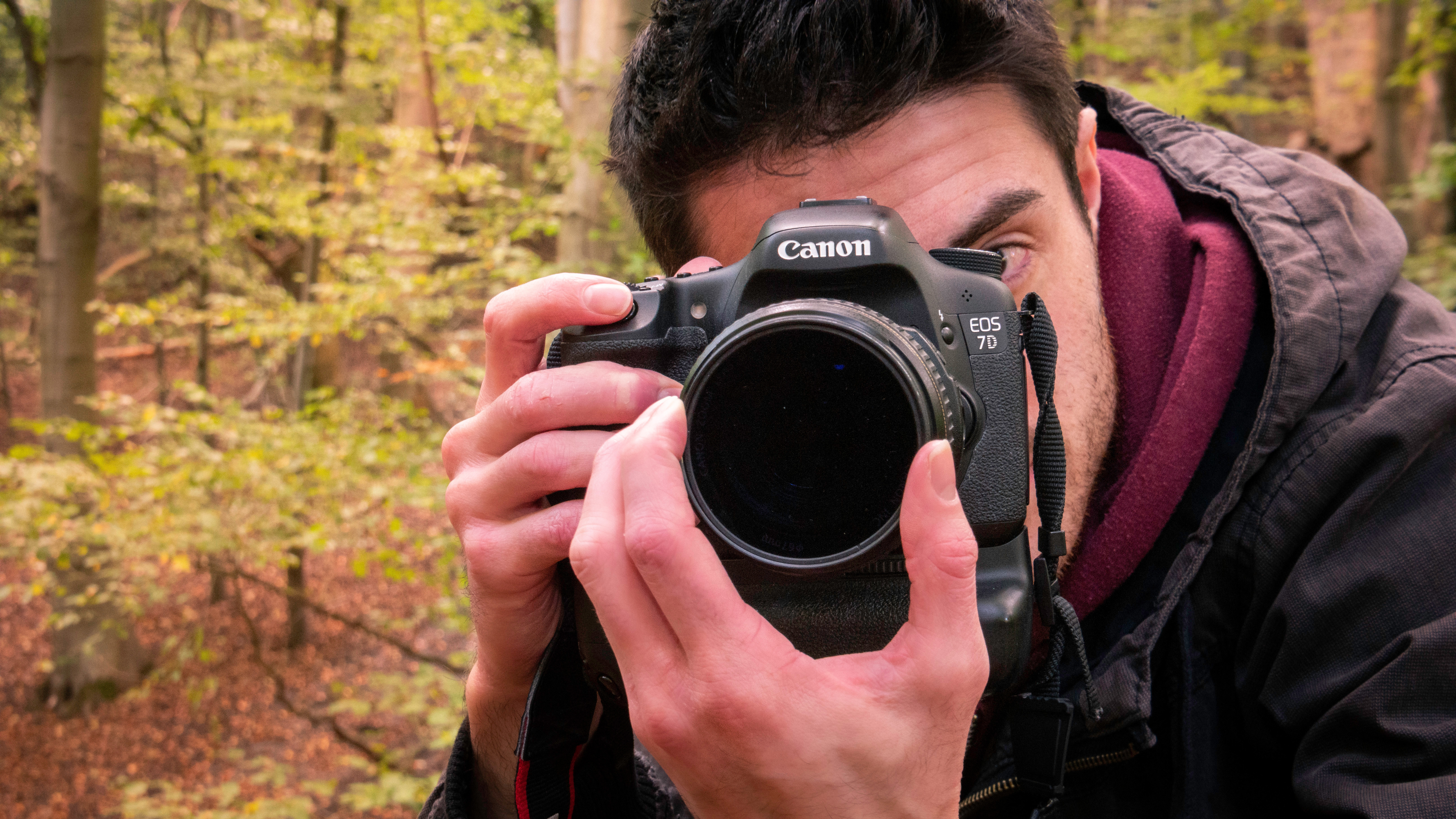
Look for:
• Water and dust repellence
• Optical glass
• Metal construction
Few filters are as well known as the circular polarizer. It's a landscape photographer's must-have, as there is simply no way to recreate the effect it applies to images in software. For fall, the season of color, it really is a a critical kitbag item.
By attaching this filter to your lens you can cut through sheen on the surface of leaves, saturating color and producing more impactful images. You'll most notice the benefits of this when shooting in a forest after rainfall; the wet leaves will appear drab without the filter, so make sure you have one packed for your next shoot!
You don't need an expensive model, but make sure you don't interfere with the quality of your lens with a low-quality model. A good idea if you own lenses with multiple different thread sizes is to buy a large filter in the first instance – an 82mm filter, for example. This way you can step down to the thread of any of your lenses using a stepping ring.
Get the Digital Camera World Newsletter
The best camera deals, reviews, product advice, and unmissable photography news, direct to your inbox!
2) Wide-aperture prime lens
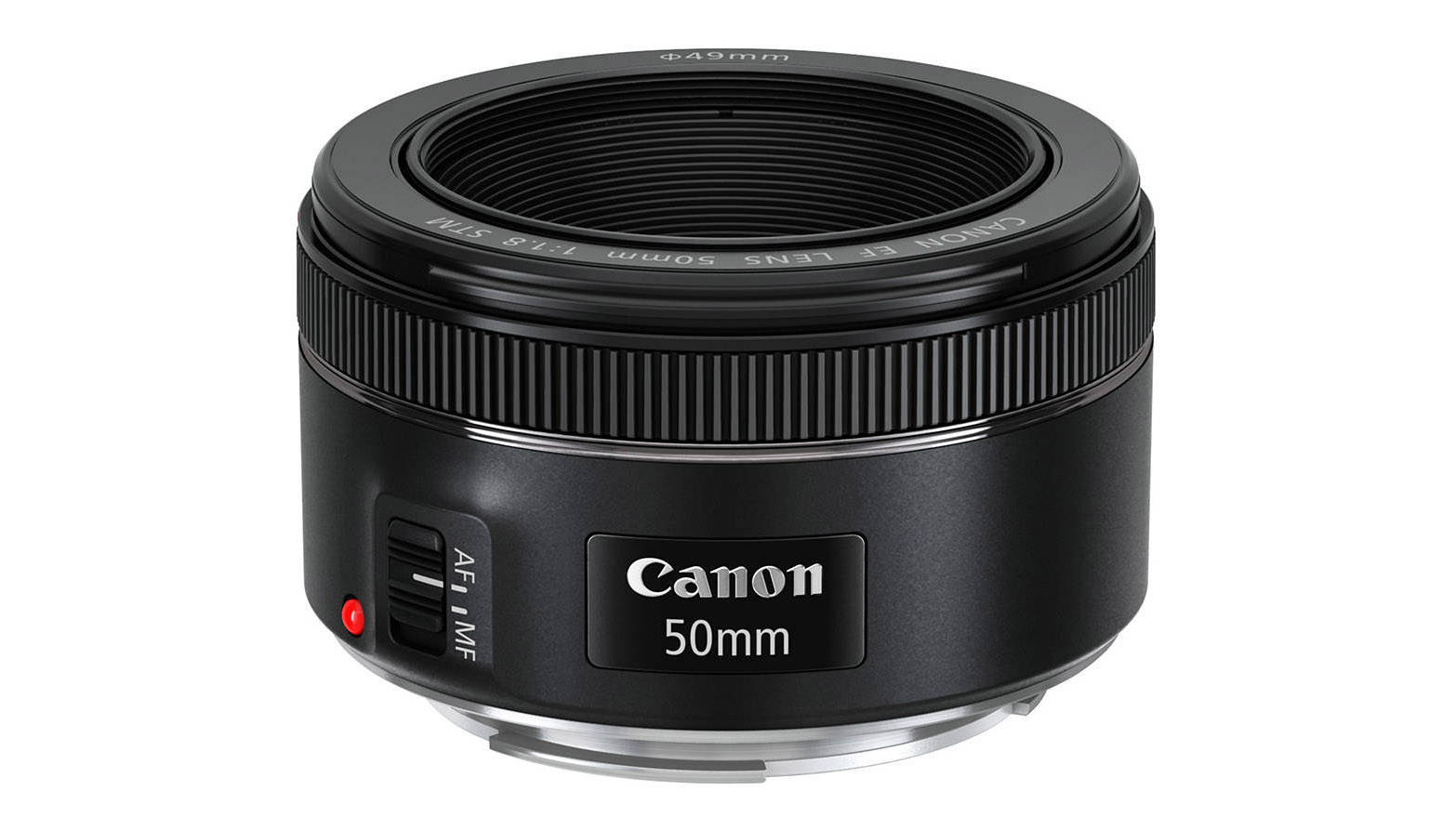
Look for:
• Fast, quiet autofocus
• Small size/weight
• Metal lens mount
If you want to get creative with your fall photography, shooting wide open on a fast lens is a great place to start. Whether it is a seasonal portrait you want to capture or a detail shot in the forest, shooting at f/2.8 or wider will throw the background out of focus, creating a blur of stunning warm colors.
A 'nifty fifty' 50mm f/1.8 lens is a lovely option and it won't cost you too much if you're on a budget. If you can stretch to it, a 35mm f/1.4 will add in an interesting wider perspective, which is popular on social media and stock sites. Search for #fall and you'll see what we mean!
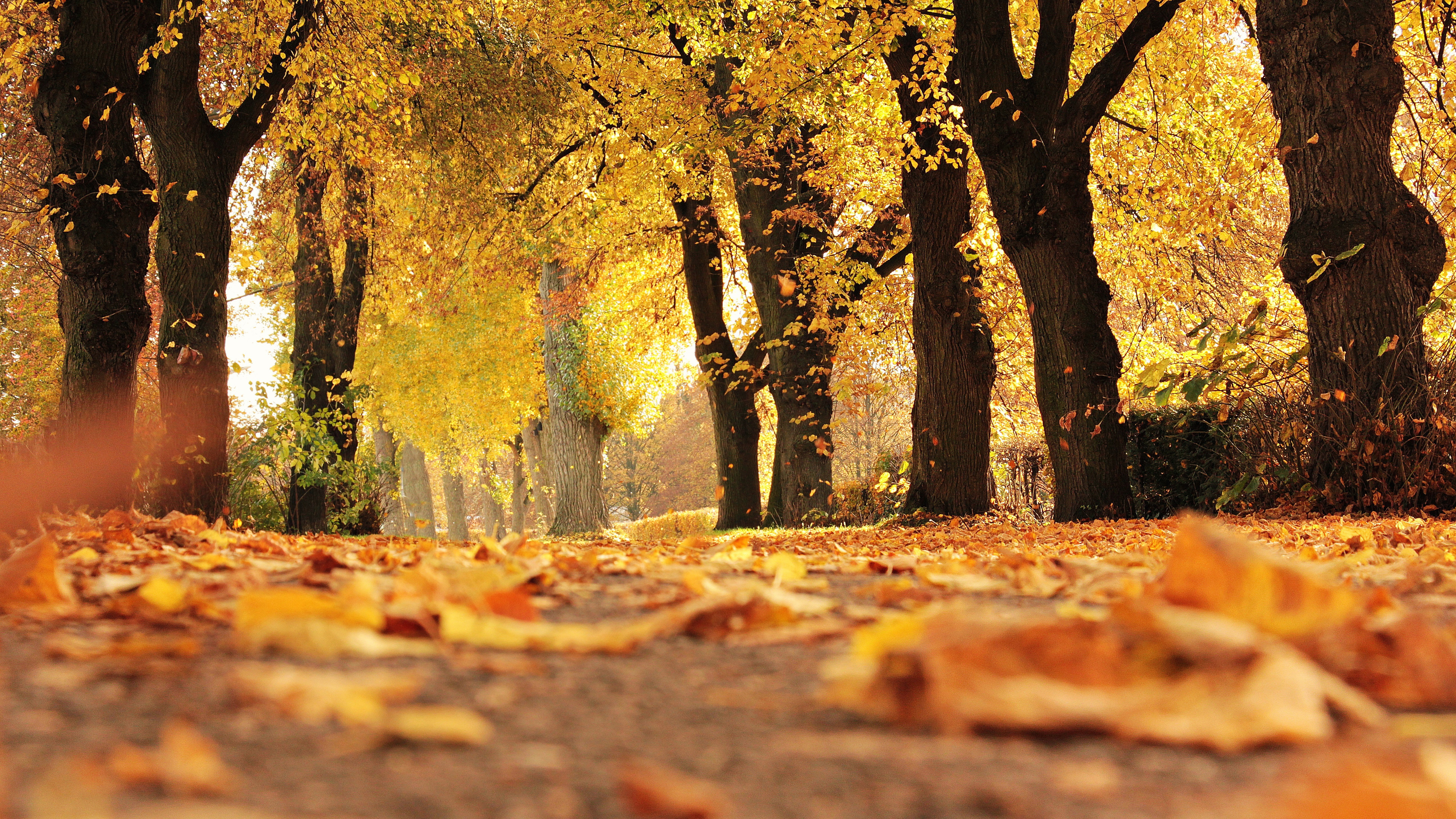
3) Telephoto zoom lens
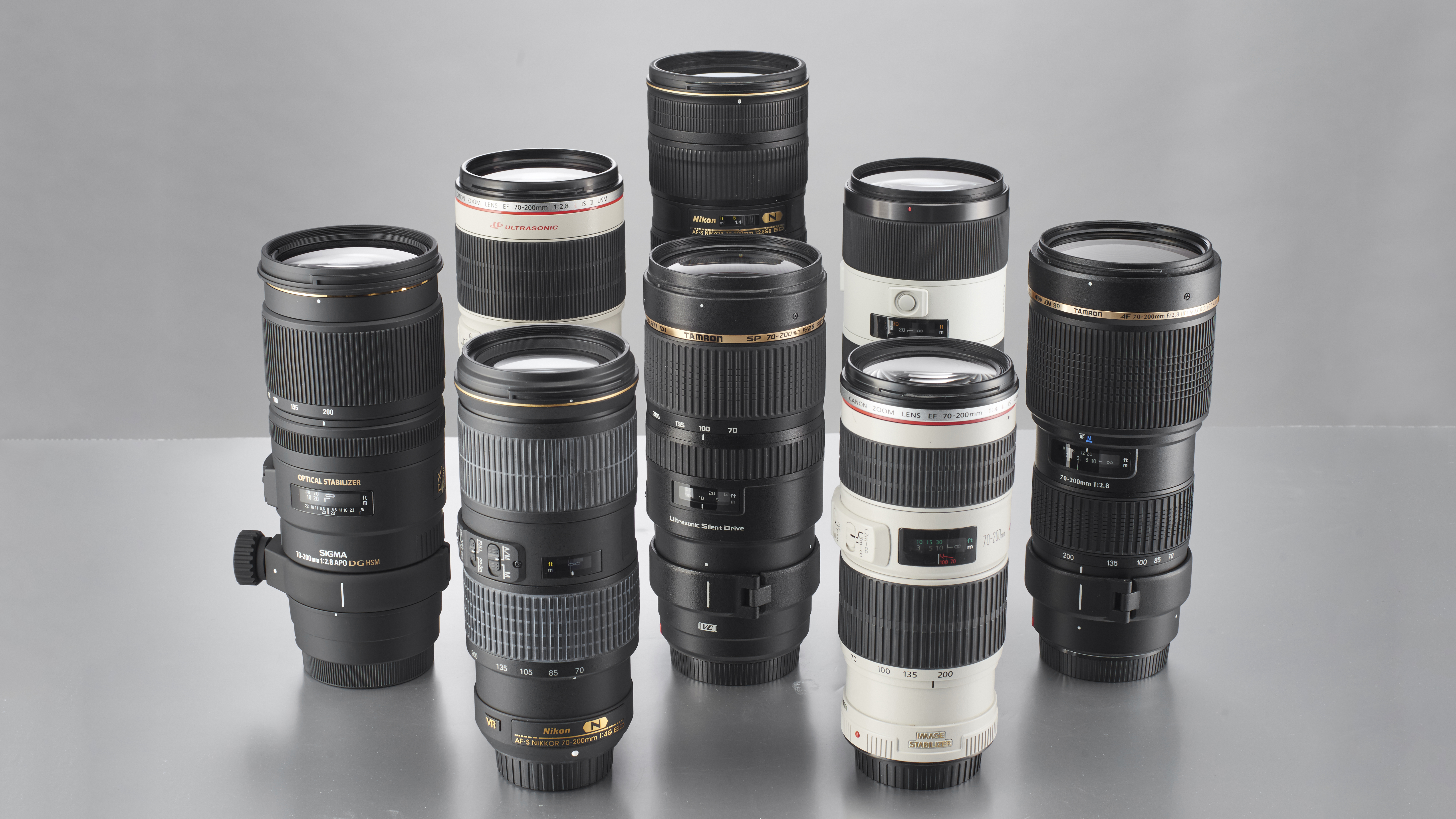
Look for:
• 9-blade aperture for attractive bokeh
• Weather sealing
• Image stabilization for handholding
One aspect that can really let down your stunning fall shots is gaps in the carpets of colored leaves. These can be exaggerated by the wide-angle perspective, which is where a zoom lens comes into play. A telephoto zoom, such as a 70-200mm or 70-300mm optic, is perfect for compressing the elements of the scene and bringing together rows of trees for a dazzling tunnel effect.
It's like the hidden weapon of professional fall landscape photography, so adding one of these lenses to your kit might be the best thing you do this season. If you can stretch to a 200mm f/2.8 lens then this will provide exceptional quality, but a good old 70-300mm will do the job nicely.
4) Ultra-wide lens
Look for:
• Aspherical elements
• Anti-reflective coating
• Standard filter system compatibility
While you have to be careful about revealing gaps in the color by stretching perspective, a wide-angle lens is perfect for capturing large expanses of vibrant tree canopies and carpets of leaves. If you are using an APS-C camera then look for a lens with a wide setting of around 10mm, while for cameras with a full frame sensor a focal length of between 12 and 15mm works best.
Use these wide positions to enhance the sense of scale in an autumn landscape. Try shooting from low to the ground and aim the lens upwards, to capture a unique view of any location.
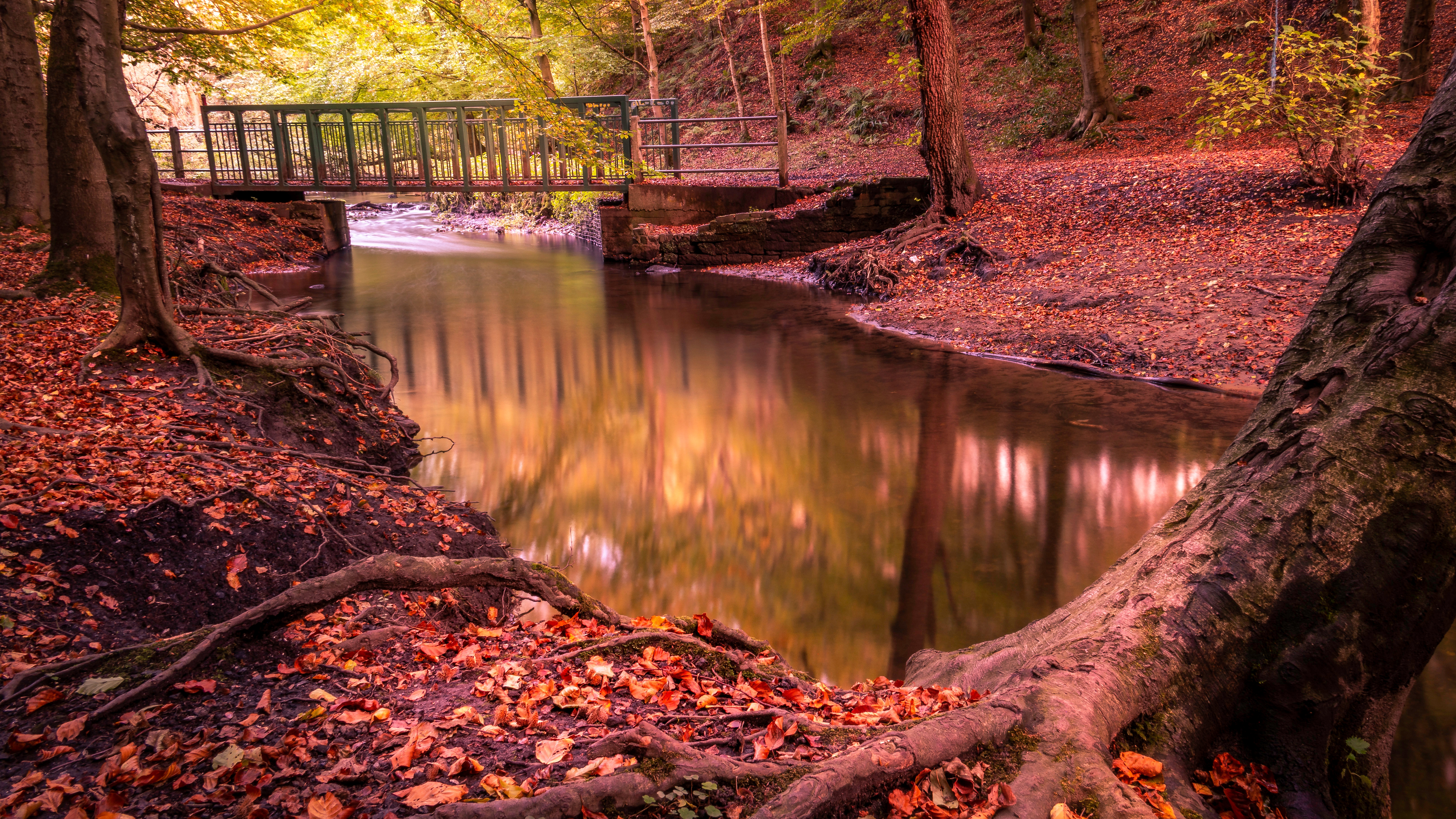
5) Lightweight tripod
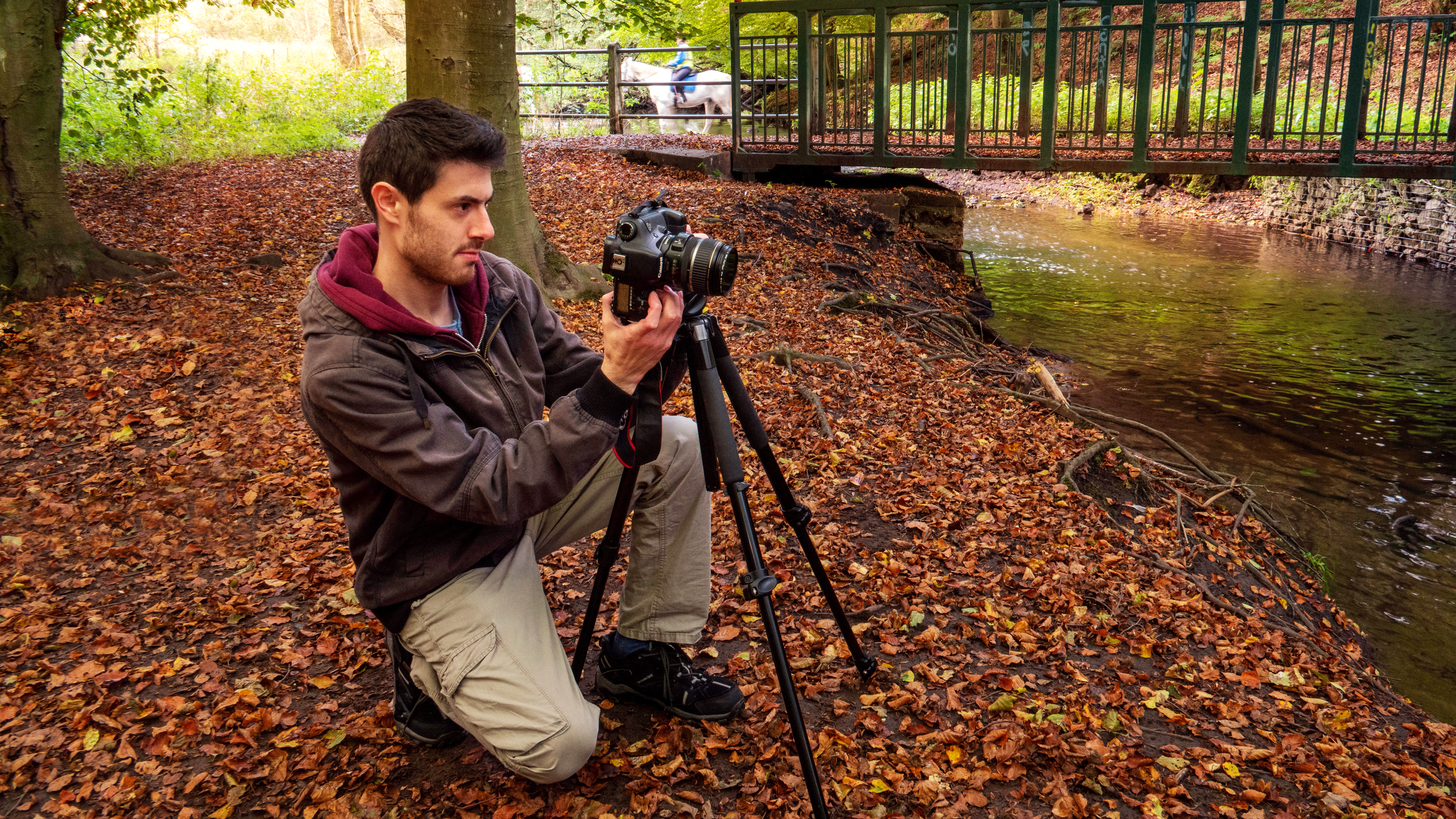
Look for:
• Carbon-fiber construction
• 3- or 4-section legs
• Changeable head
While desirable for all landscape photography, the best light takes place at sunrise and sunset, or under overcast, cloudy conditions during fall. These produce the best colors but offer surprisingly low ambient illumination. Trying to handhold a zoom lens in a forest is going to be a real challenge, resulting in many blurry images – not what you want to see at the end of a long day of photography.
A strong but lightweight tripod is a must-have for shooting at this time of year. Look for carbon-fiber models for the best balance of strength and portability. Also consider models that allow for low-level shooting, to capture stunning carpets of fallen leaves up close.
6) Neutral density filter
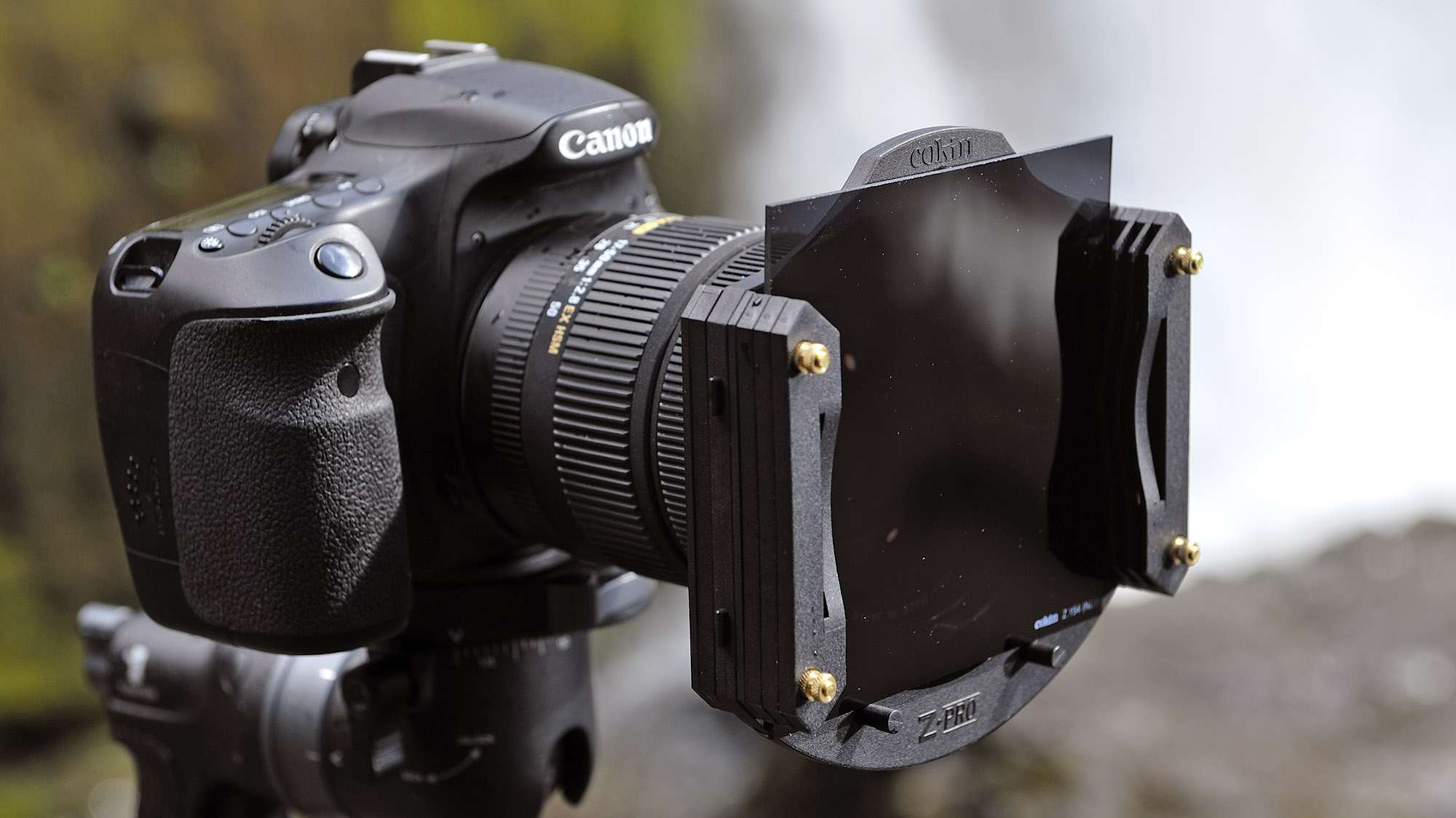
Look for:
• 100 x100 cm size
• Optical-grade resin
• Anti-scratch coatings
While ambient light is generally lower this time of year, whenever shooting towards the light (contre-jour lighting) or when using a wide aperture, it can be a challenge to achieve long exposures. When you want to capture a flowing stream in a fall setting, an ND filter will cut out enough light to enable you to leave the shutter in your camera open for longer – in some cases several minutes – producing a classic blurred-water look.
If you just want to show some slight motion in the water and surrounding trees, swaying in the breeze, use a low density filter such as a 0.3ND (ND2). If you need more movement a 0.6ND (ND4) or 0.9ND (ND8) are better choices. ND filters are also essential filters for videographers, allowing for wider apertures while maintaining exposure. Consider a variable ND for greater flexibility.
• Best neutral density filters
• Best variable ND filters
Read more:
3 issues for just £/$/€3 when you subscribe to Digital Photographer magazine
Best lenses for landscapes
Best cameras for landscape photography
Landscape photography tips
As the Editor for Digital Photographer magazine, Peter is a specialist in camera tutorials and creative projects to help you get the most out of your camera, lens, tripod, filters, gimbal, lighting and other imaging equipment.
After cutting his teeth working in retail for camera specialists like Jessops, he has spent 11 years as a photography journalist and freelance writer – and he is a Getty Images-registered photographer, to boot.
No matter what you want to shoot, Peter can help you sharpen your skills and elevate your ability, whether it’s taking portraits, capturing landscapes, shooting architecture, creating macro and still life, photographing action… he can help you learn and improve.

